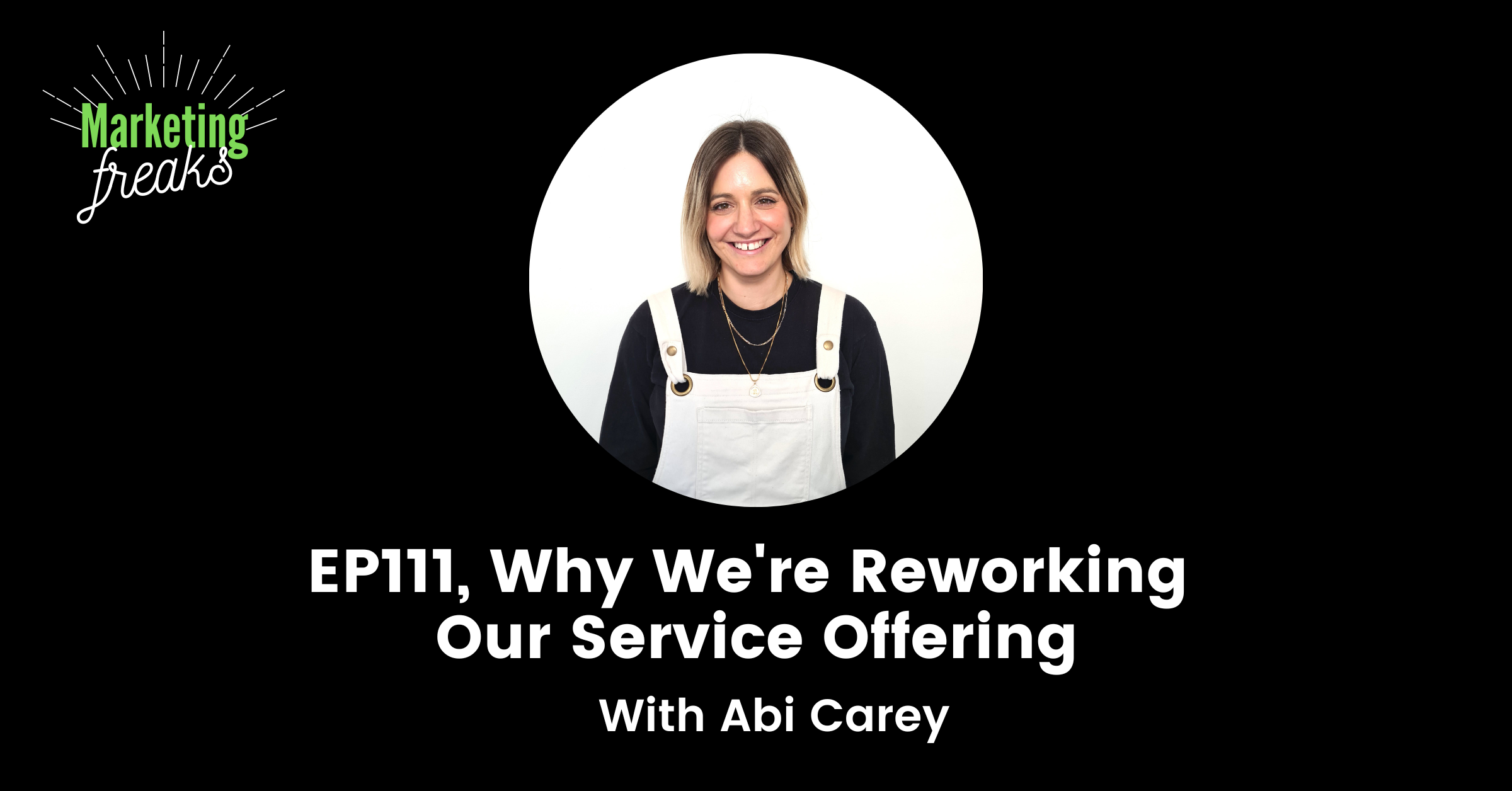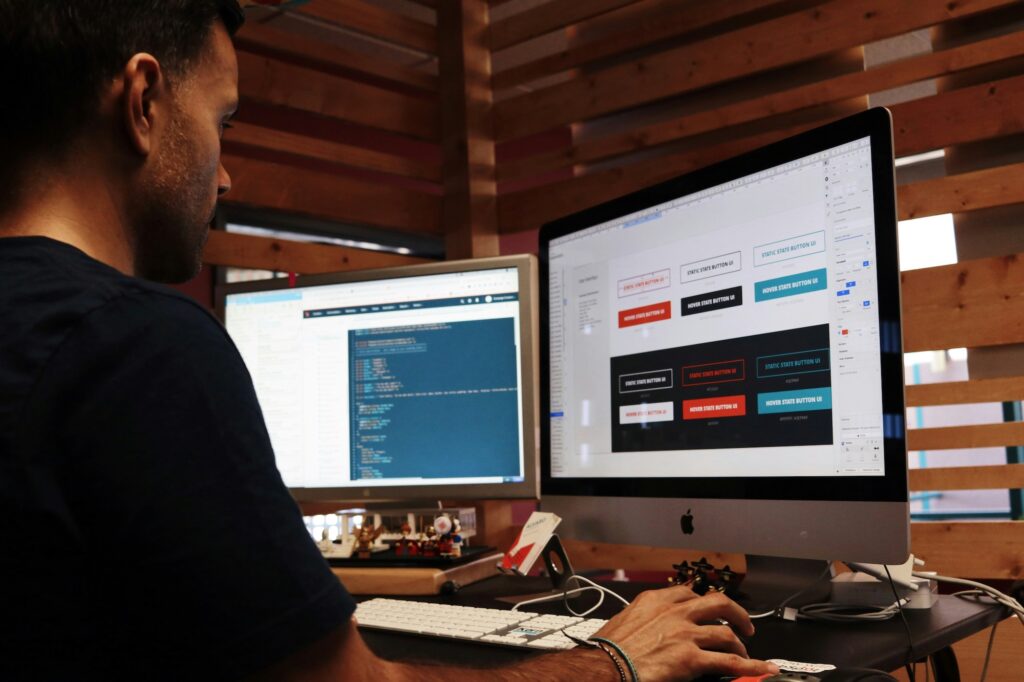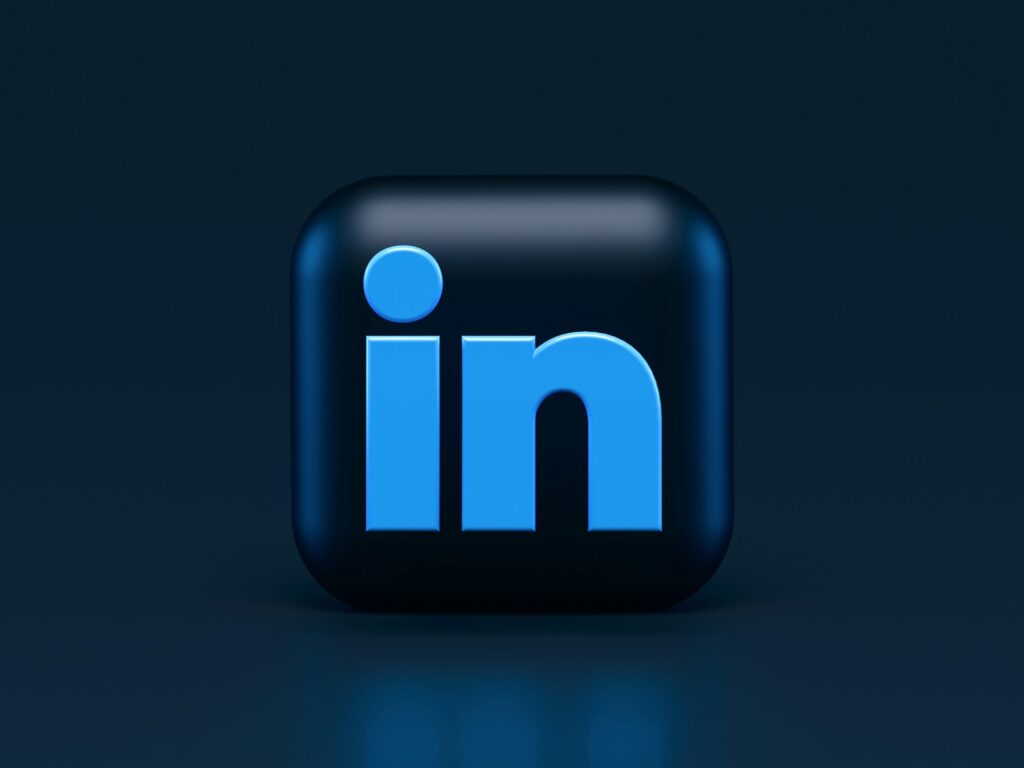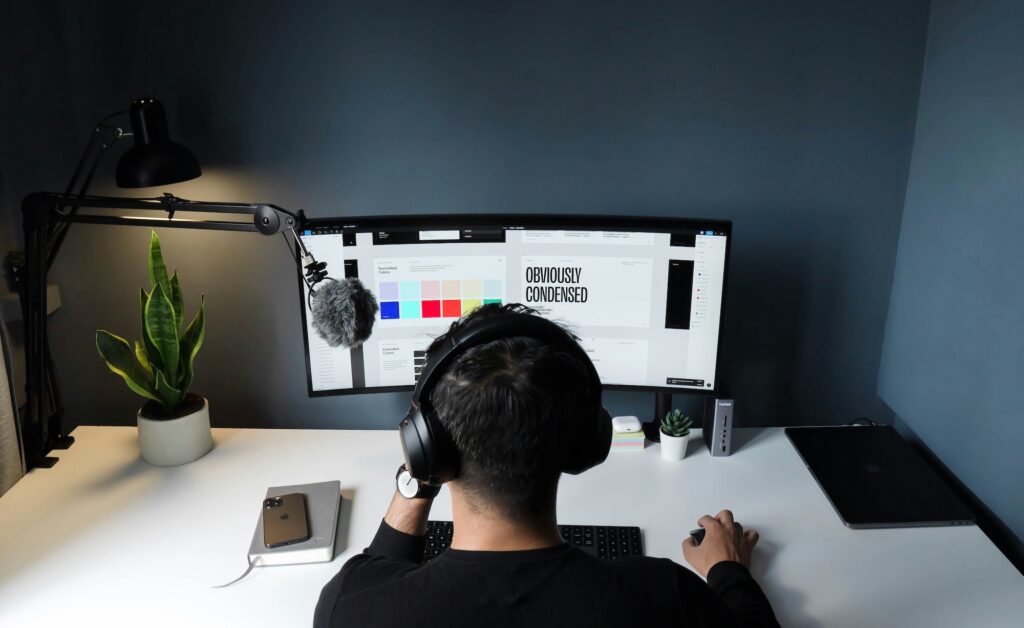Welcome back to the Marketing Freaks podcast! In this week’s episode Jon is joined by our Head of Paid Social, Abi Carey to discuss how and why we have reworked our service offering at Overdrive Digital to focus on the entire user journey, not just the click..
Jon and Abi run through why changing our service offering is the best thing we can be doing for our clients right now, the ever changing industries we work in and the changing way in which you can achieve real success in your digital marketing platforms.
Subscribe links:

So why are we changing it up? Well basically, if you aren’t considering what happens after your paid clicks, you are missing the bigger picture and leaving revenue on the table.
Don’t get us wrong, there’s always room for enhancing campaign structures or switching up your audiences, ads and ad copy. However, have you ever really delved into the performance that unfolds after someone clicks on your ad? Have you explored how to improve your conversion rate? Have you delved into the checkout and shopping behaviour reports to unravel the user journey and why someone drops off?
Since having this mindshift change, we’ve been able to see and understand what alterations can be made within accounts not only before but after the click to improve performance. Even if those changes are something as small as altering where a CTA appears on a landing page, or resolving issues with a checkout code – all of these things can have a drastic impact on conversion rate and they have nothing to do with the ads themselves.
So if you’re wondering how to gain more out of your digital marketing, take a listen to this week’s episodes and obtain a better understanding of what our agency can do to help!
Enjoy!



